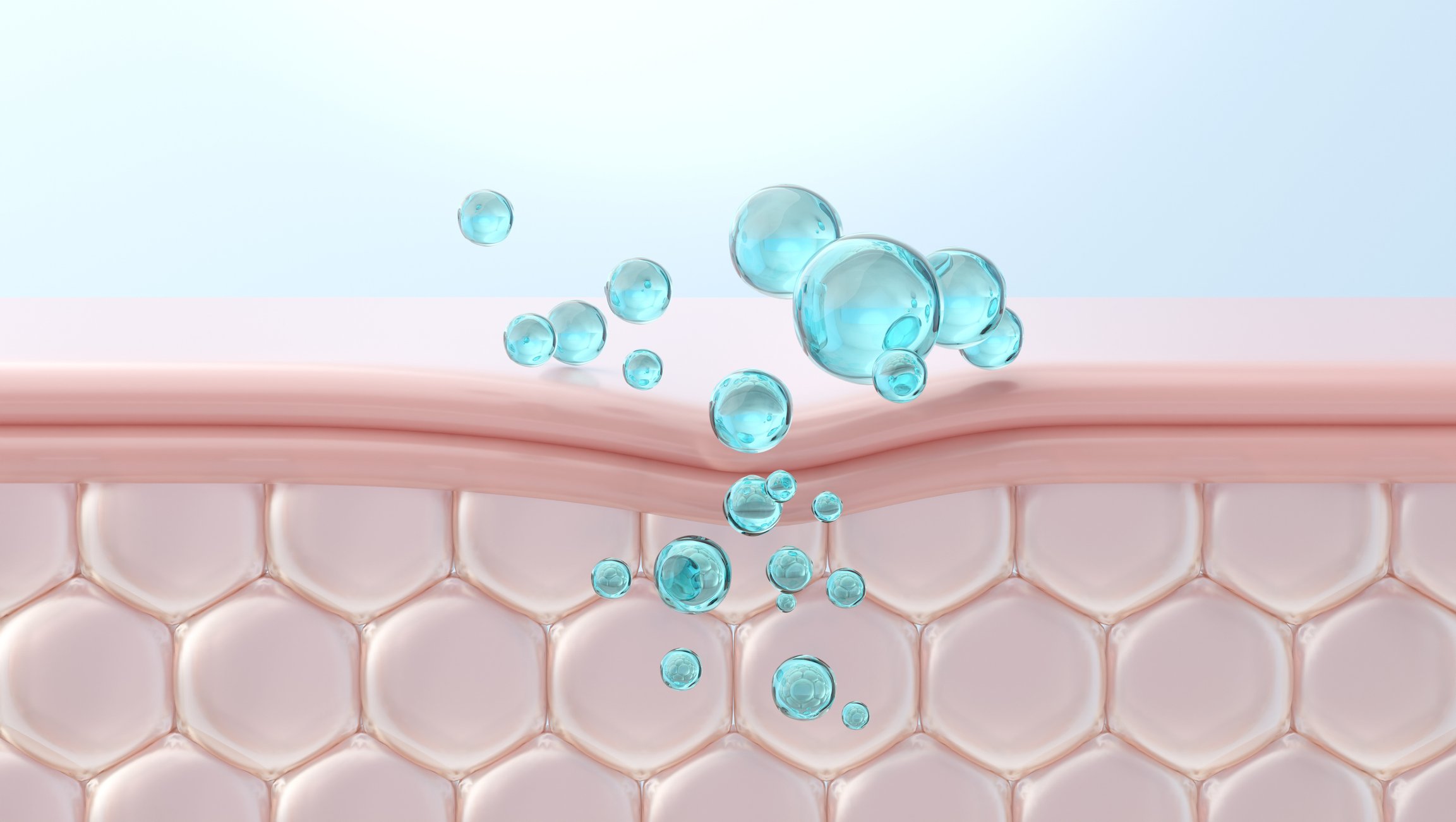The fact that pneumological diseases can be caused by work-related factors is often overlooked during the anamnesis in clinical and practical everyday life. An occupational physician used new study results to sharpen the senses for this and showed what to look out for using the example of some clinical pictures.
In 2019, a meta-analysis of 11 case-control studies [1] addressed the burden of disease of nonmalignant respiratory and pulmonary diseases from work. Blanc et al. calculated the population-attributable fractions (PAF) for those diseases for which sufficient numbers of population-based case-control studies and cohort studies were available. This was the case with the following clinical pictures:
- Asthma (only incidences were used).
- COPD
- Chronic bronchitis
- Idiopathic pulmonary fibrosis
For the other disease patterns, the burden of disease was calculated from using the formula PAF = percentage exposed × (odds ratio -1)/OR. These disease patterns included:
- Alveolar proteinosis
- Exogenous allergic alveolitis
- Sarcoidosis
- Tuberculosis (as silicotuberculosis or tuberculosis in health care).
- Community-acquired pneumonia
The result was shown in a partly surprising graph (Fig. 1) . Not surprisingly, the values for asthma, COPD and CB are all around 15%. “The fact that 26% of idiopathic pulmonary fibrosis is said to have occupational causes makes one wonder where the “i” in the name comes from,” said Professor Dr. Dennis Nowak, Institute and Polyclinic for Occupational, Social and Environmental Medicine, University of Munich Hospital. On the other hand, the expert did not want to overstate the high value of sarcoidosis. “This is relatively trivial: these are almost all beryllioses that have been misclassified.” The expert sees the result for community-acquired pneumonia (CAP) as largely reflecting pneumonia in welders, which is why pneumococcal vaccination is also recommended for this occupational group. In principle, it can be assumed that in everyday clinical practice, work histories are not collected more carefully or more completely than in the studies presented.

Overall, taking a work history for benign respiratory and pulmonary diseases leads to positive results in 2-30% of those examined (for malignant diseases, the figure is between 4 and 70%, depending on the type of carcinoma). So, the occupational physician advises, it’s worth asking patients. Factors that may (in)favorably influence the prognosis are important.
Interstitial lung disease
In the work of Blanc et al. the pooled population-attributable fractions for quartz dusts were 3%, for wood dusts 4%, for metal dusts and fumes 8%, and for the exposure variable “vapor/gas/dust/fume” (VGDF, vapor/gas/dust/fume) 26%. Prof. Nowak lacks faith for this last value, he rather suspects that in a large part of the cases pneumoconiosis was overlooked or – which is however very speculative – that IPF triggering might have taken place by inhalative noxae.
One review [2] addresses the role of occupational influences on the development of idiopathic pulmonary fibrosis. The authors list the following groups of triggers, triggers or differential diagnoses:
- Organic dusts (possibly exogenous allergic alveolitis)
- Metal and mineral dusts (possibly sideroses, siderofibroses, asbestoses)
- Wood dust (possibly exogenous allergic alveolitis)
- Asbestos
- Environmental particle pollution
Prof. Nowak recommends that the group of idiopathic pulmonary fibrosis should always be screened for possible (preventable) causes. Ultimately, all occupational diseases are preventable, the occupational physician warned.
Asbestos cancer
Physicians from Bochum Pathology evaluated their lung dust analyses from 2015 in comparison to exposure data (fiber year calculations) and radiology on lungs and pleura [3]. The researchers merged 1038 data sets, 36 of which involved electron microscopy. Plaque status was known in 727 patients, and fiber-year calculations were available in 512. “None of this was very creative, but they wanted to see what data they had in the basement,” said Prof. Nowak about the Bochum study. However, to emphasize in the same breath, this typical case of a retrospective study nevertheless held some very interesting insights:
On the one hand, at high cumulative occupational exposure above 25 fiber-years, a correlation of calculated fiber-years with quantitative asbestos body detection in lung tissue could be seen. At low levels of exposure, both low and high numbers of asbestos bodies occur in the tissue. Not only grade I (minimal asbestosis) asbestoses were found, but also grades II to IV at low single-digit fiber-year counts. Prof. Nowak found this very remarkable: “Now one can ask oneself whether even very little asbestos causes asbestosis, or whether the fiber-year calculations are wrongly too low…” Although he considers the latter rather unlikely, the paper did not, of course, provide a definitive answer.
The other finding of the analysis was that in half of the histologically confirmed asbestoses (n=47 vs. 48), even with complete evaluation of the radiologic findings and, if applicable. section results, no plaques were found. The expert concluded, therefore, that the commonly held notion that plaques are almost always detectable in asbestosis and that the absence of such, conversely, speaks against asbestos causing pulmonary fibrosis, does not always seem to hold true according to these data.
According to Prof. Nowak, the fact that in patients with less than 25 fiber years and no radiological evidence of asbestos dust-related lung or pleural changes, histological processing of lung tissue can often provide full evidence of asbestosis is reason to recommend BK recognition based on these findings. This was the case in as many as 68 of 1038 cases examined histopathologically.
Source: Pneumo-Update 2019, Mainz (D)
Literature:
- Blanc PD, et al: The occupational burden of non-malignant respiratory diseases-An Official American Thoracic Society and European Respiratory Society Statement. American Journal of Respiratory and Critical Care Medicine 2019; 199: 1312-1334.
- Trethewey SP, Walters GI, The role of occupational and environmental exposures in the pathogenesis of Idiopathic Pulmonary Fibrosis: A narrative literature review. Medicina 2018; 54.
- Feder IS, Theile A, Tannapfel A: Histological findings and lung dust analysis as the basis for occupational disease compensation in asbestos-related lung cancer in Germany. International Journal of Occupational Medicine and Environmental Health 2018; 31: 293-305.
InFo PNEUMOLOGY & ALLERGOLOGY 2019; 1(3): 28-29 (published 12/10/19, ahead of print).












